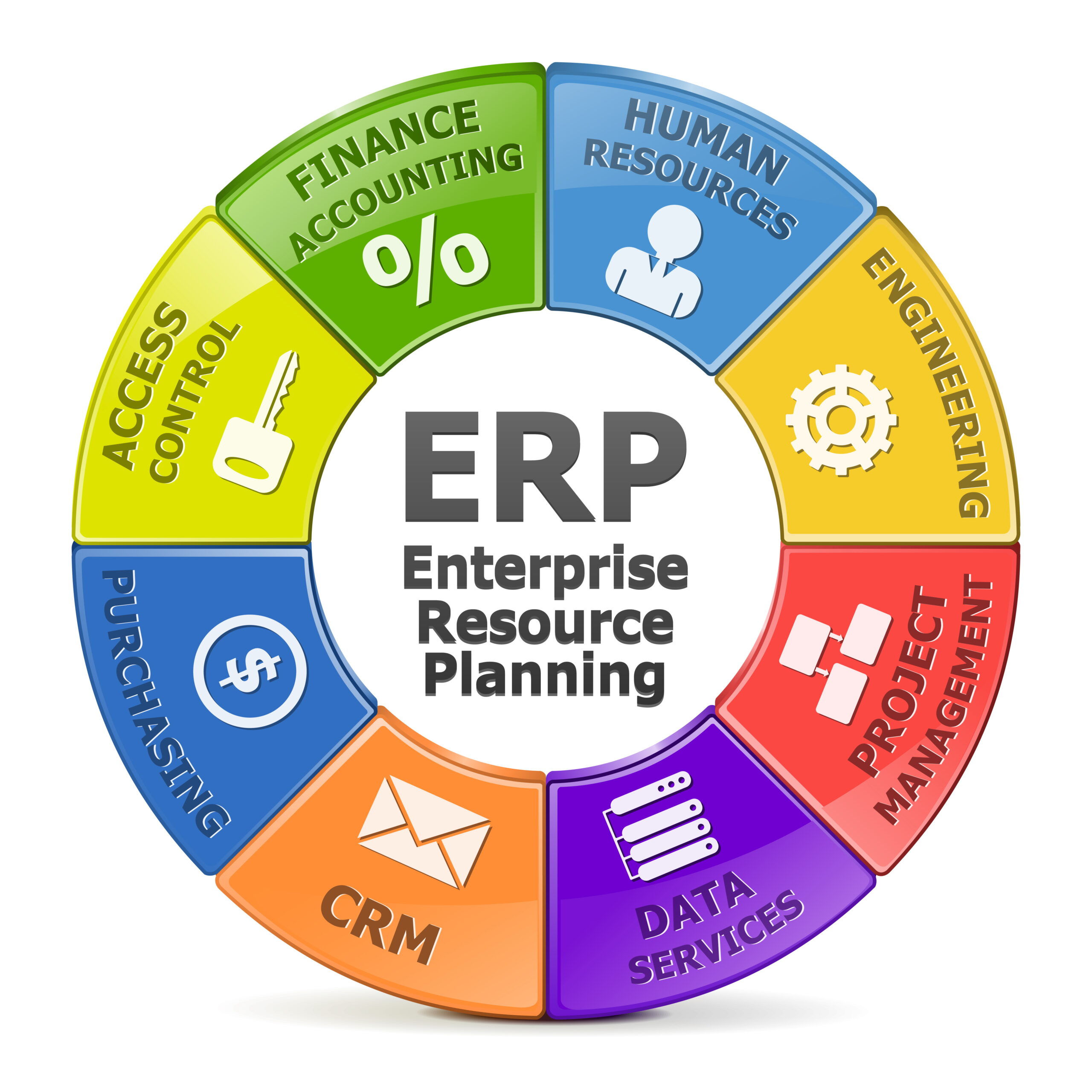From Chaos to Clarity: My Story of Embracing ERP Real-Time Collaboration Tools
I remember a time, not so long ago, when running my business felt like juggling flaming chainsaws while blindfolded. We were growing, yes, but every step forward felt like two steps sideways because of one persistent, nagging problem: communication. And not just communication in the "chatting by the water cooler" sense, but the critical flow of information that makes a business tick.
If you’ve ever found yourself drowning in email chains, chasing down the latest version of a spreadsheet, or trying to piece together a project’s status from scattered messages and conflicting reports, then you know exactly what I’m talking about. We were good at what we did, but we were slow. And in today’s fast-paced world, slow is the new broken.
This is my story of how we found our way out of that operational maze, thanks to something called ERP Real-Time Collaboration Tools. If those words sound a bit technical, don’t worry. Think of them as the unsung heroes that transformed our daily grind into a symphony of coordinated effort. And trust me, if a non-techy person like me can grasp their power, so can you.
The "Good Old Days" – Or, Why We Needed a Change
Let me paint a picture. Our business was humming along, but beneath the surface, there was a constant low hum of inefficiency.
- The Email Avalanche: Every decision, every update, every request seemed to live in an email thread that quickly became an archaeological dig site. "Did Sarah see my last email?" "Is this the final spec sheet or the one from Tuesday?" It was exhausting.
- The Spreadsheet Saga: Oh, the spreadsheets! Sales had their forecast, production had their schedule, and finance had their budget. They were all slightly different, leading to endless reconciliation meetings and, frankly, a lot of finger-pointing. Trying to get a single, accurate view of our inventory or an order’s status was like trying to catch smoke.
- Siloed Departments: Our departments were like islands, each with its own way of working, its own data, and its own priorities. The sales team would promise a delivery date, only for production to discover they didn’t have the materials, and then finance would wonder why costs were spiraling. Information didn’t flow; it trickled, sometimes barely.
- Delayed Decisions: Because getting accurate, up-to-date information was so difficult, making swift decisions was nearly impossible. We’d miss opportunities, our customer service suffered, and innovation was stifled. We were always reacting, never truly proactive.
I knew there had to be a better way. We had an Enterprise Resource Planning (ERP) system, but it felt more like a giant, static database than a dynamic tool for our team. It held all the data, but getting people to use that data collaboratively, in real-time, was the missing piece of the puzzle.
What Even Are ERP Real-Time Collaboration Tools? (Simplified for Beginners)
This is where the magic began. I started researching solutions, and the concept of "ERP Real-Time Collaboration Tools" kept popping up. At first, it sounded like just another tech buzzword. But as I dug deeper, I realized its profound potential.
Imagine your ERP system – that big brain that holds all your business’s critical data (sales, inventory, finance, HR, production, etc.). Now, imagine if every person who needed to interact with that data could do so together, at the same moment, on the same page, and communicate about it instantly. That’s the essence of it.
It’s not just a fancy chat application. It’s about integrating communication directly into the operational heart of your business. Think of it like this:
- Before: Your ERP was a library. You’d go in, find a book (data), take it out, read it, then go tell someone what you learned. If someone else needed the same book, they had to wait.
- After: Your ERP is a shared digital workspace. Everyone can access the same "book" (data) simultaneously. They can highlight parts, add notes, discuss findings, and even make changes together, all in real-time, right there in the library.
This means when a sales order comes in, the sales rep, the production manager, the inventory specialist, and the finance team can all see it, discuss it, and act on it immediately within the ERP environment. No more emails. No more separate spreadsheets. Just one source of truth, updated live, with integrated communication channels.
My First Taste of Transformation: How It Started to Click
The decision to invest in an ERP system with robust real-time collaboration features wasn’t taken lightly. There was a learning curve, of course. Change is always a bit uncomfortable at first. But the moments when it "clicked" were truly eye-opening.
Breaking Down the Silos
One of the first things I noticed was how quickly departmental barriers started to crumble. We implemented a system where every project, every order, every customer interaction had a dedicated "collaboration space" within the ERP.
- Scenario: A new, complex customer order came in. In the past, this would involve a sales rep emailing a detailed spec to production, who’d then email purchasing, who’d then email finance for budget approval. Each step was sequential, slow, and prone to misinterpretation.
- Now: The sales rep enters the order into the ERP. Immediately, a notification pops up for the production manager, the purchasing agent, and the finance lead. They can all see the order details, the required materials, the estimated costs, and the customer’s special requests at the same time. They can then use the integrated chat feature right there, next to the order, to discuss feasibility, material availability, and pricing adjustments. A decision that used to take days now often takes hours, sometimes even minutes.

